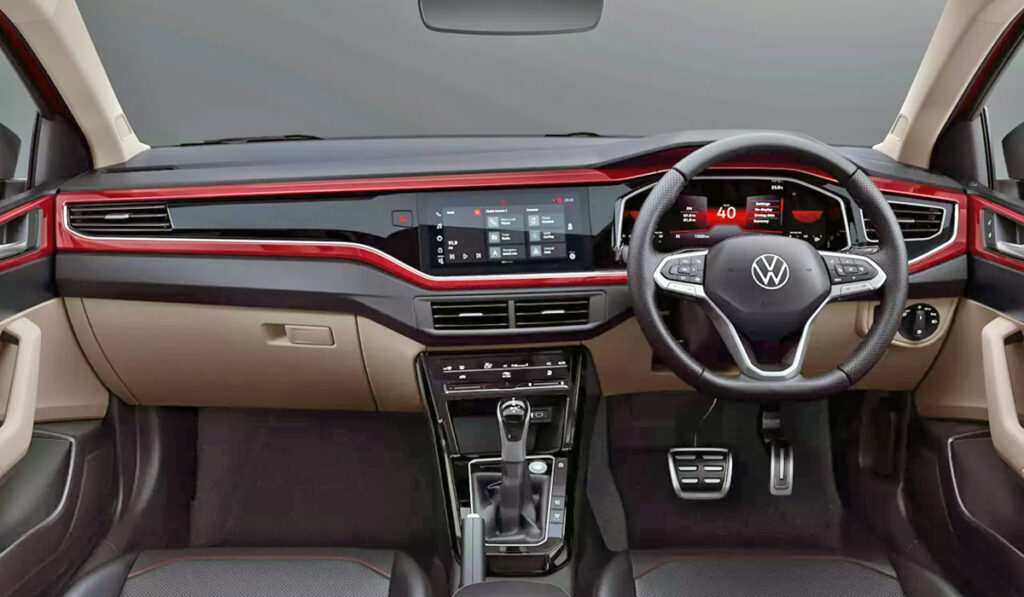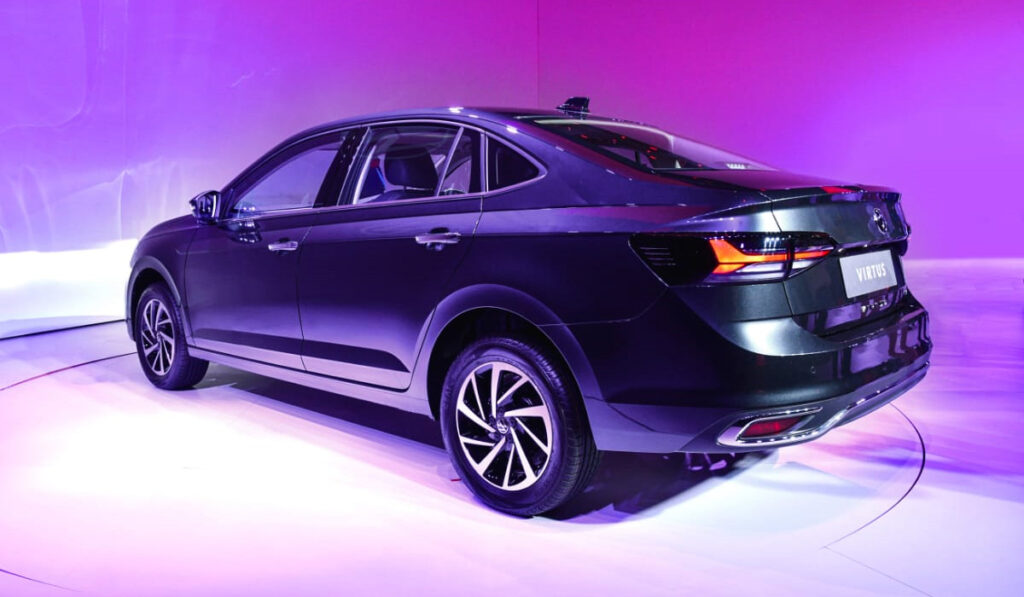The 2022 Volkswagen Virtus sedan debuted five years ago in Brazil. Then there was still hope that our new generation Polo sedan would become like this, because Virtus is actually an elongated new generation Polo with a separate trunk, but in Russia Volkswagen took a different path. But Virtus nevertheless got out of Latin America: the premiere of the restyled model took place in India.

2022 Volkswagen Virtus

In the local market, the Virtus will replace the Volkswgen Vento , which is a variant of the familiar Polo sedan. For Volkswagen, this is the second phase of its $1 billion India 2.0 plan to significantly increase the presence of the Skoda and Volkswagen brands in the region. The first stage of the strategy was the release of twin crossovers Skoda Kushaq / Volkswagen Taigun , and now it’s the turn of relatively inexpensive sedans Skoda Slavia and Volkswagen Virtus, which are based on the Brazilian Virtus.

The new Indian Virtus differs from the overseas namesake in a modified design: it has different headlights, taillights, bumpers and even a hood cover. The restyled sedan looks even a little more aggressive than the original. Virtus is noticeably larger than the outgoing Vento and the Russian Polo: wheelbase – 2651 mm, length – 4561 mm. Moreover, thanks to the original plumage, the Indian version turned out to be immediately 79 mm longer than the Brazilian one. Width – 1752 mm, height – 1507 mm. Trunk volume – 521 liters.

The interior for India has also been updated, although the architecture of the front panel has not changed in general. The basic version has analog gauges, conventional air conditioning, a seven-inch screen media system and two airbags. For a surcharge, side airbags and airbags, virtual instruments (on an eight-inch screen), a media system with a ten-inch display and a navigator, a rear-view camera, climate control (with a touch remote control), a sunroof and even ventilation of the front seats are offered.

Virtus was originally based on the MQB-A0 platform with a semi-independent rear suspension, but in the case of the Indian version, an adapted and simplified version of the MQB-A0-IN was used. For example, the rear brakes can only be drum brakes, and the electronics are also severely curtailed.
The range of engines in India is also its own, and the main difference from the Brazilian one is the absence of a simple aspirated engine. A choice of turbo engines 1.0 TSI (115 hp) and 1.5 TSI (150 hp). The base three-cylinder unit is combined with the “mechanics” or the classic six-speed “automatic”, and the four-cylinder engine is combined with the same manual transmission or the seven-speed DSG . The older 150-horsepower engine is only for the Virtus GT version with black decor on the body and light sporty notes in the cabin.

The four-door Volkswagen Virtus will be produced at the same plant with the Skoda Slavia model, and the India 2.0 strategy implies achieving a degree of localization of 95%, so the Volkswagen concern produces engines for new models here. Sales on the domestic market will begin in May, and subsequently Indian-made Virtus will be delivered to another 25 countries around the world.

sudharsan has over a decade of experience covering the breaking news in the auto industry and over ten years of experience writing about cars for magazines, automotive websites, and YouTube videos.
Thank you for following


